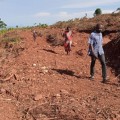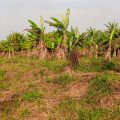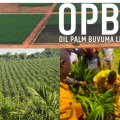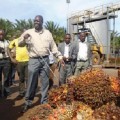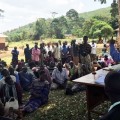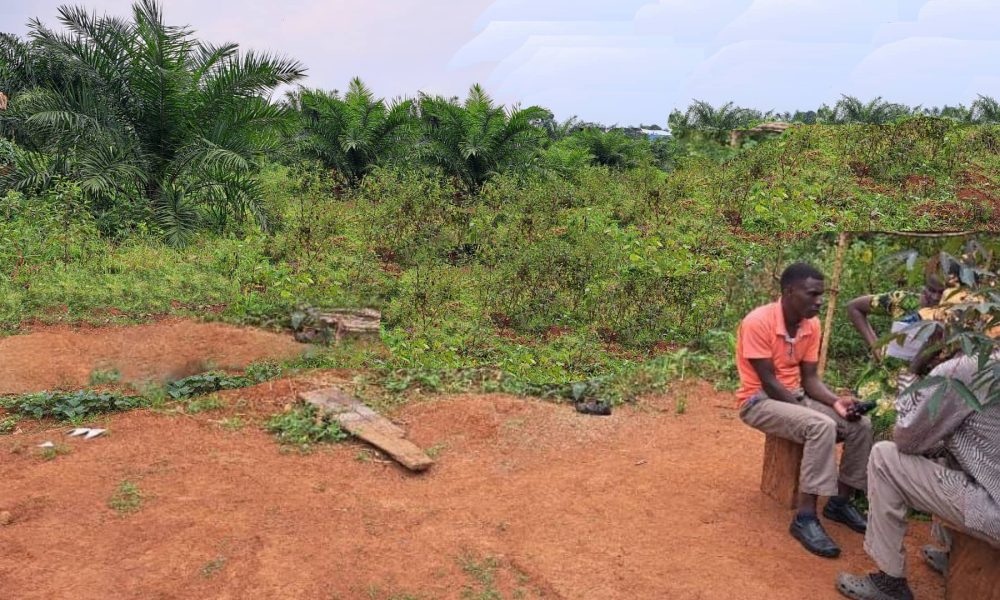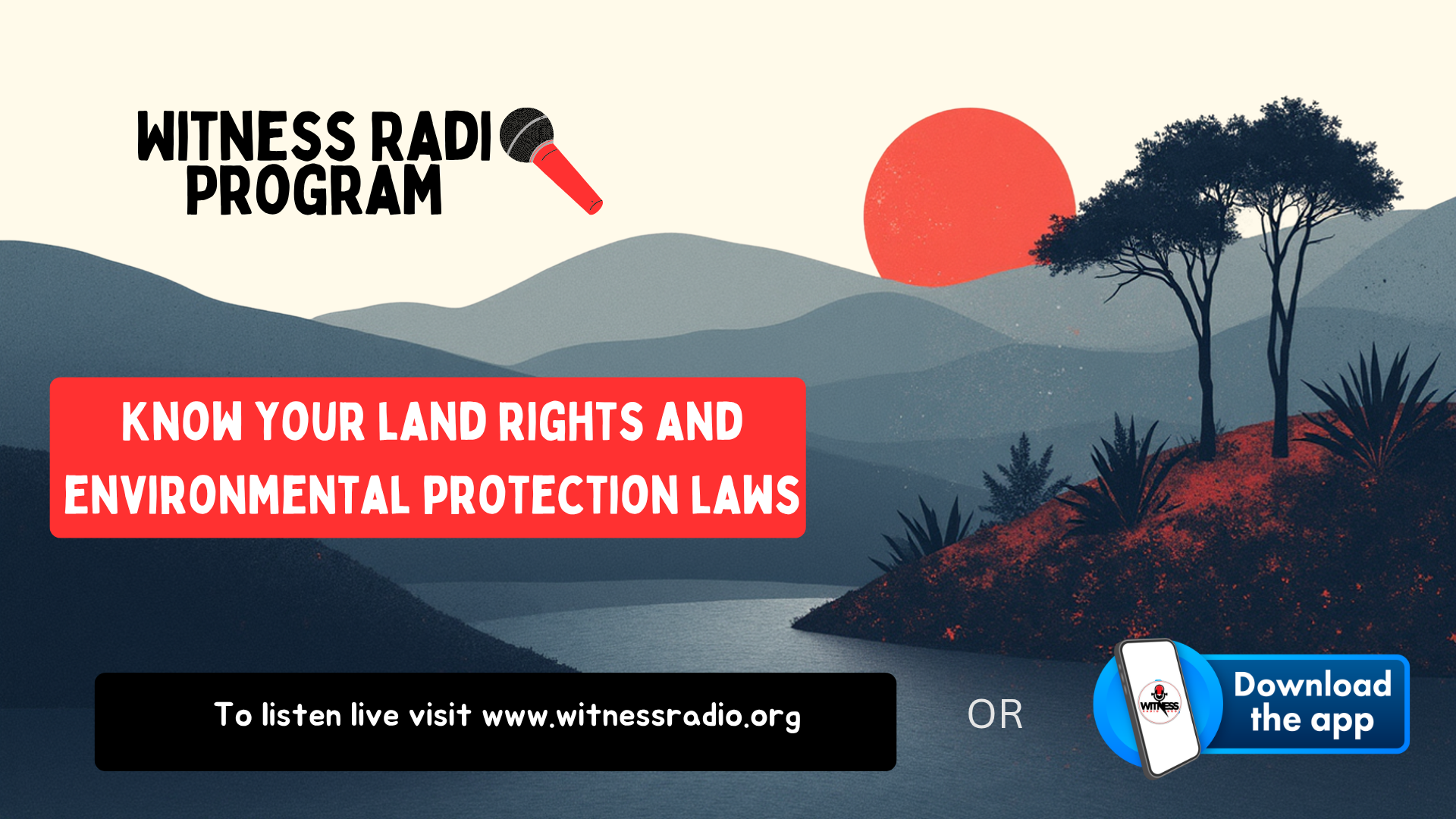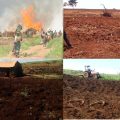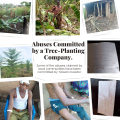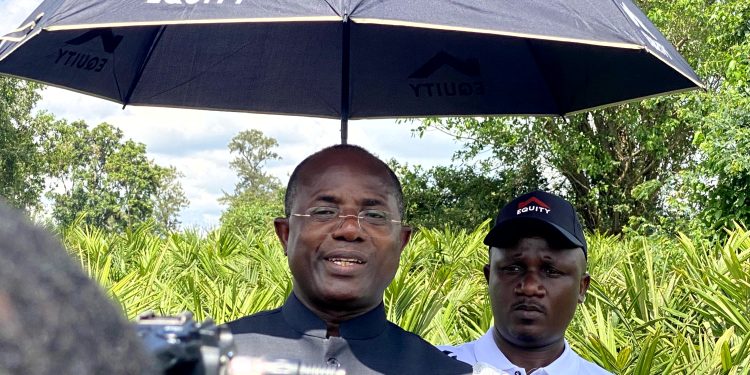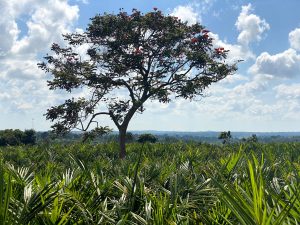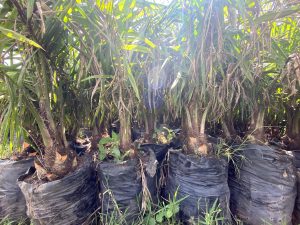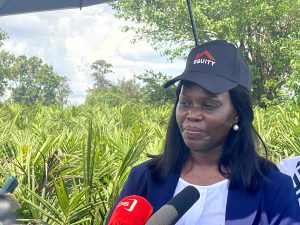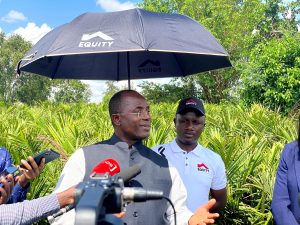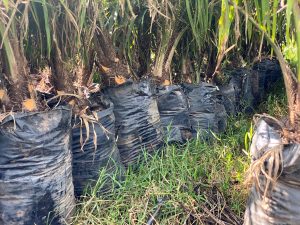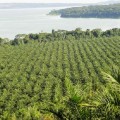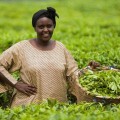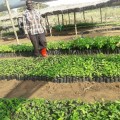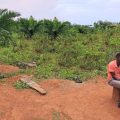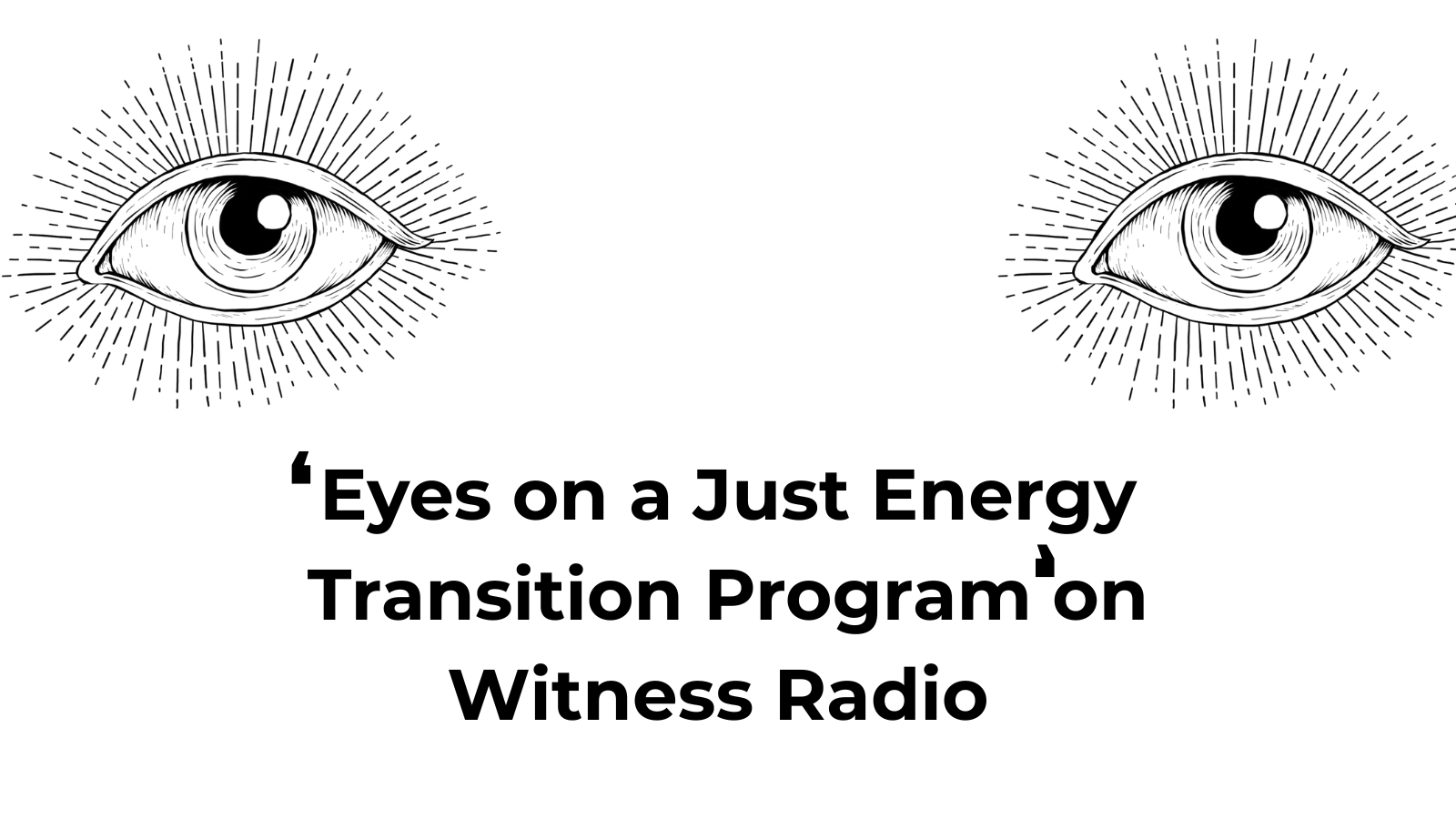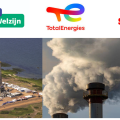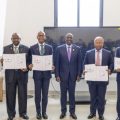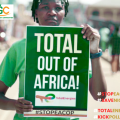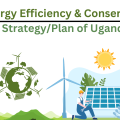By Witness Radio team.
A Buvuma district land grab cartel, allegedly involving district officials, judicial officials, police personnel attached to Buvuma district police, officials from Buvuma College school, and OPUL workers, is using both police and judicial harassment to target and criminalize the farming activities of several community members in the Nairambi sub-county to expand palm oil plantations.
Commercial oil palm tree growing in Uganda started around 2005, with the first large-scale planting occurring on Bugala Island in Kalangala district under a tripartite public-private partnership with Oil Palm Uganda Limited (OPUL) and Kalangala Oil Palm Grower’s Trust (KOPGT) as the key implementers.
Initially in 2003, the Government signed an agreement to develop Uganda’s oil palm value chain with BIDCO Uganda Limited. They agreed to establish 40,000 hectares of oil palm across the country. The OPUL was to establish 23,500 hectares, while smallholders would be supported to establish 13,500 hectares.
The experience of the people in Kalangala is devastating. Several have seen their lands grabbed, their forests destroyed, and their water contaminated. People have been arrested and tortured for opposing the company, while women and children have been displaced and have nowhere to stay.
Statistics from the Ministry of Agriculture, Animal Husbandry and Fisheries reveal that in Kalangala district, the total area planted with oil palm is 10,924 hectares, comprised of 6,500 hectares belonging to OPUL and 4,424 hectares by smallholder farmers. This has forced the Government of Uganda and BIDCO to source land from other districts, including Buvuma.
Before rectifying the mess caused in the Kalangala district, OPUL, a subsidiary of BIDCO Uganda is expanding the oil palm tree growing in the Buvuma district, and there’s a notable repeat of palm oil growing-related challenges.
Buvuma District is a district in the Central Region of Uganda. Jinja District borders it to the north, Mayuge District to the east, Tanzania to the south, and Buikwe District to the west and northwest.
More than a dozen smallholder farmers in Majjo and Bukula villages in Nairambi Sub-county have been framed with criminal charges, including malicious damage and Criminal trespass on their land for refusing to give away their land for palm oil growing.
In Nairambi, Witness Radio has documented troubling patterns of land grabbing, displacement, conflict, poverty, and environmental degradation. Communities living in areas targeted for palm oil plantations are increasingly losing their ancestral lands without being consulted or expressing consent for land takeovers.
This cartel causing mayhem involves Buvuma district authorities, judicial officials, police personnel attached to Buvuma district police, officials from Buvuma College school, and OPUL workers, all colluding to take farmers’ land to grow palm oil trees forcefully.
Meet Ssalongo Ssentongo Living Stone, a 58-year-old farmer in Majjo village in Nairambi Sub-county. He is one of the many victims of the palm oil company. Over the past decade, he has been in and out of prison, facing the same charges repeatedly. He has lost four out of his five pieces of land to the company, plunging him into poverty. His story is a stark example of the injustice faced by many in similar situations.
“I am facing criminal charges because of refusing to surrender my land. Two complainants arrested me four times for a criminal trespass charge—two files by Buvuma College school and two others by Buvuma district officials. In the first case in 2020, I was arrested by police on orders of Buvuma College School as soon as I came back from prison after a year I was then re-arrested and charged with the same case of criminal trespass by police on orders of the same school. This has been the trend. When I refused to surrender it to the School, Buvuma district officials started on the same. They tell me that the land is not mine; it belongs to the school, and at the same time, the district tells me it’s forest land, yet this is land that I formally requested from the Buganda Land board.” Ssentongo added.
He said he owned about five pieces of land that supported his family of 12, but four of them were forcefully taken. He added that he has written to the Oil Palm company seeking to re-possess his land but in vain. It is now almost 10 years since four of my pieces of land were forcefully taken and have never been compensated,” Ssentongo revealed.
Despite initial land acquisitions for palm oil in Kalangala being filled with concerns of land grabbing, the trail of land grabbing for project expansion has since been replicated in Buvuma district. In the project pioneer villages of Buvuma, more than 600 people whose land was taken for the oil palm project in 2015 with promises that it would be compensated later are suffering.
Many families in Kakyanga, Kiziiru, Bukiindi, and Bukalabati villages are struggling to make ends meet. Their land, measuring over 388 hectares, was forcefully taken and is now occupied by oil palm plantations. They can no longer afford to meet their families’ basic needs, a stark reminder of the human cost of land grabbing.
With significant financial and political backing, the Buvuma Oil Palm land grab cartel which began from Kakyanga, Kiziiru, Bukiindi, Bukalabati, and Bukinarwa continues to extend to Majjo and Bukula villages in the same sub-county, Nairambi.
According to the Ministry of Agriculture statistics, palm oil trees have already covered over 5,000 hectares in the Buvuma district.
According to the affected residents, Mr. Adrian Ddungu, the chairperson of Buvuma District, is allegedly colluding with Buvuma College School to grab their land for palm oil plantations. All five families share a common struggle—the increasing criminalization they face for refusing to surrender their land. The urgency of their situation is pressing as the land grab continues to extend to Majjo and Bukula villages.
“All of our subcounty land is mostly occupied by oil palm trees. Most of it has been grabbed, and OPUL’s agents are now extending to our side. As you can see, one of our community members’ land was taken and is currently planted with palm trees.” Nsubuga, another victim, said.
Efforts to get a comment on the community’s allegations from OPUL were futile, as our phone calls went unanswered, and our emails received no response.
However, Mr. Adrian Ddungu, the District Chairman, and Mr. Lawrence Sserwanga, the Chairperson of the Board of Governors at Buvuma College, denied allegations of involvement in land grabbing. Instead, they both claimed that the residents were occupying the land illegally and insisted they had no intentions of selling it to OPUL. They also stated that the land was given to the school, and the residents were compensated.
“The land belongs to the Buvuma school; those people gave the land to the school and were compensated.” Mr. Ddungu revealed.
In contrast, Mr. Ddungu’s response diverged from Mr. Sserwanga’s. Mr. Sserwanga maintained that the early inhabitants of the land had willingly donated it to the school without expecting compensation. “They gave it freely because they wanted to see a school built; donations are not supposed to be compensated,’ he told Witness Radio, which raises questions on how the school acquired land.
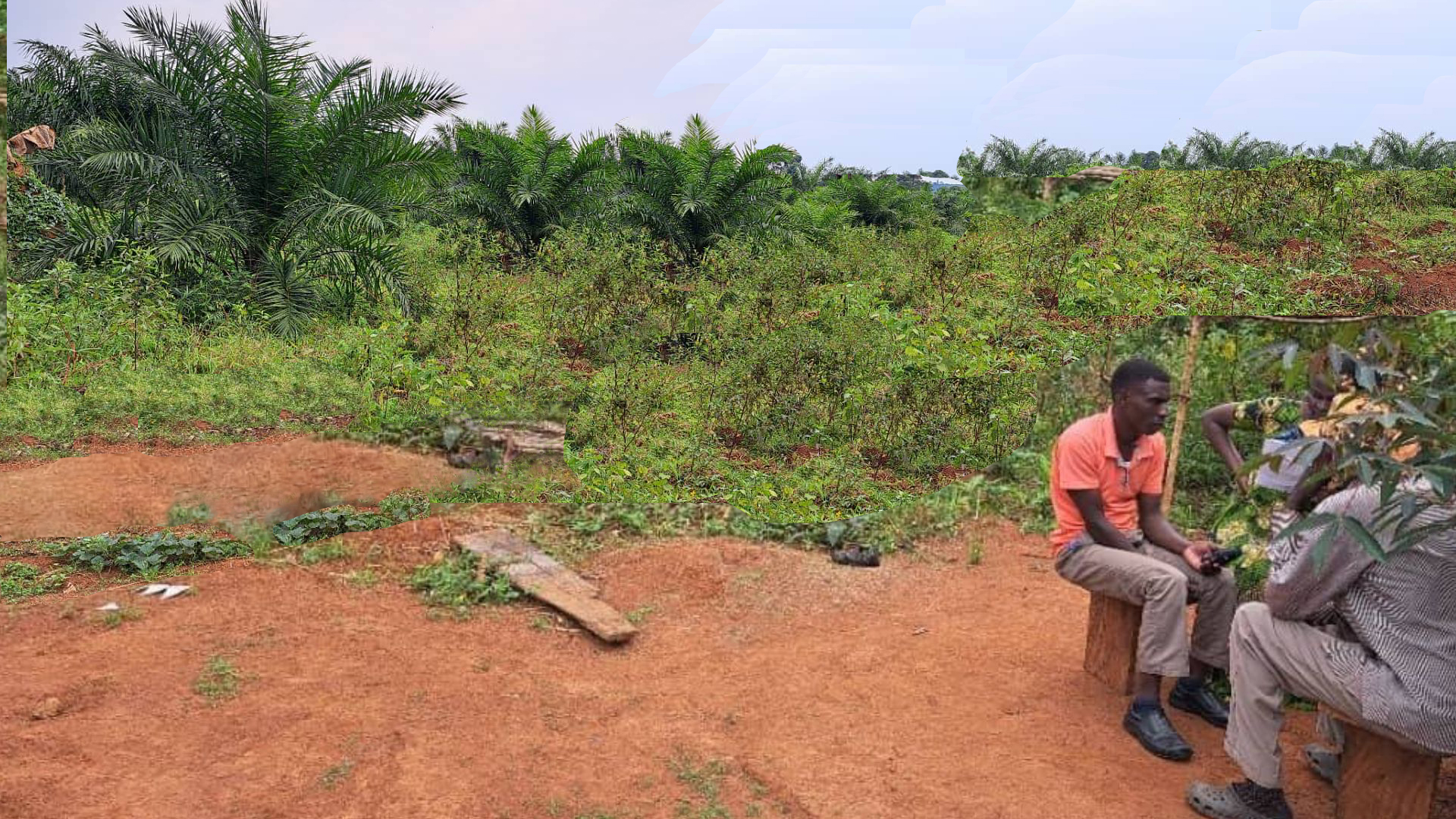
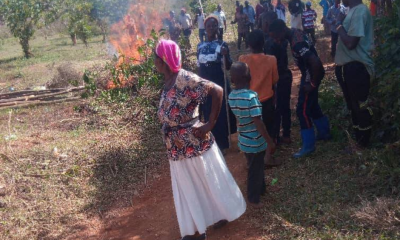
 MEDIA FOR CHANGE NETWORK1 week ago
MEDIA FOR CHANGE NETWORK1 week ago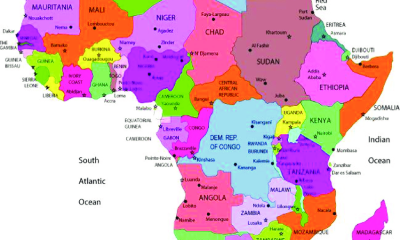
 MEDIA FOR CHANGE NETWORK2 weeks ago
MEDIA FOR CHANGE NETWORK2 weeks ago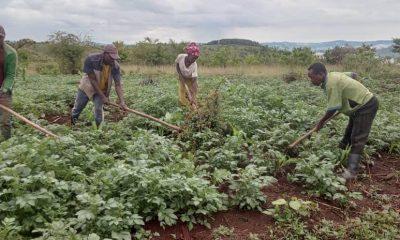
 MEDIA FOR CHANGE NETWORK2 weeks ago
MEDIA FOR CHANGE NETWORK2 weeks ago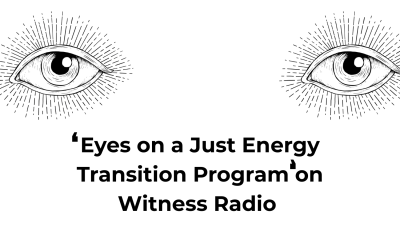
 MEDIA FOR CHANGE NETWORK6 days ago
MEDIA FOR CHANGE NETWORK6 days ago
 MEDIA FOR CHANGE NETWORK2 days ago
MEDIA FOR CHANGE NETWORK2 days ago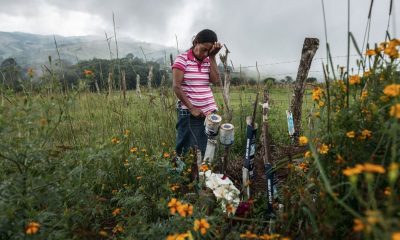
 NGO WORK2 weeks ago
NGO WORK2 weeks ago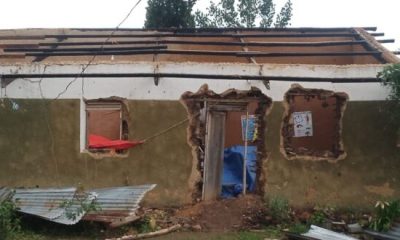
 MEDIA FOR CHANGE NETWORK7 days ago
MEDIA FOR CHANGE NETWORK7 days ago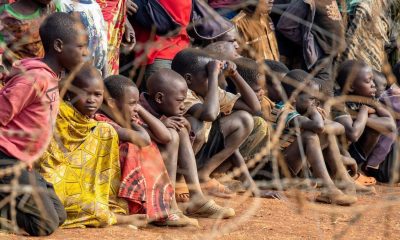
 NGO WORK16 hours ago
NGO WORK16 hours ago
